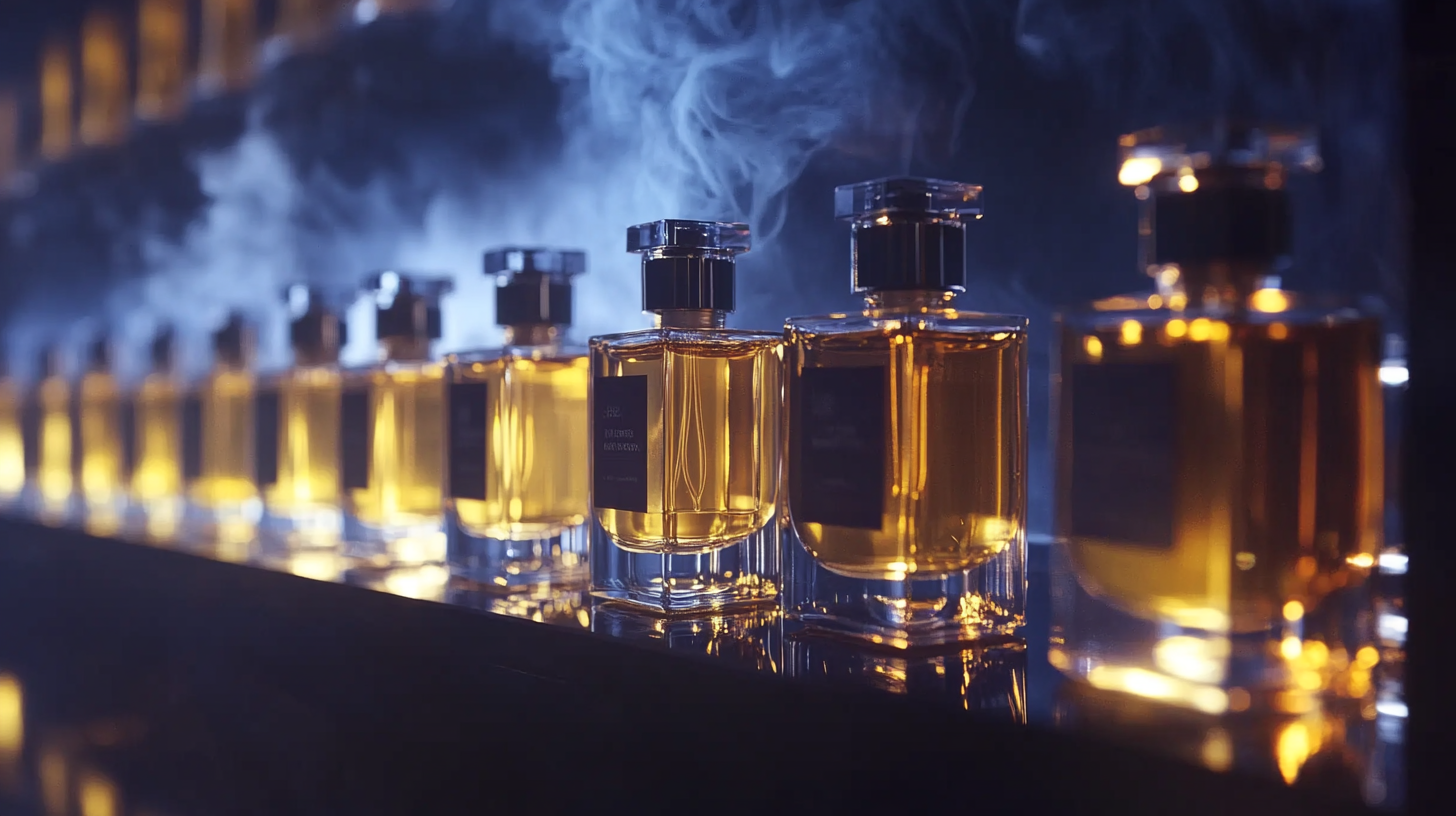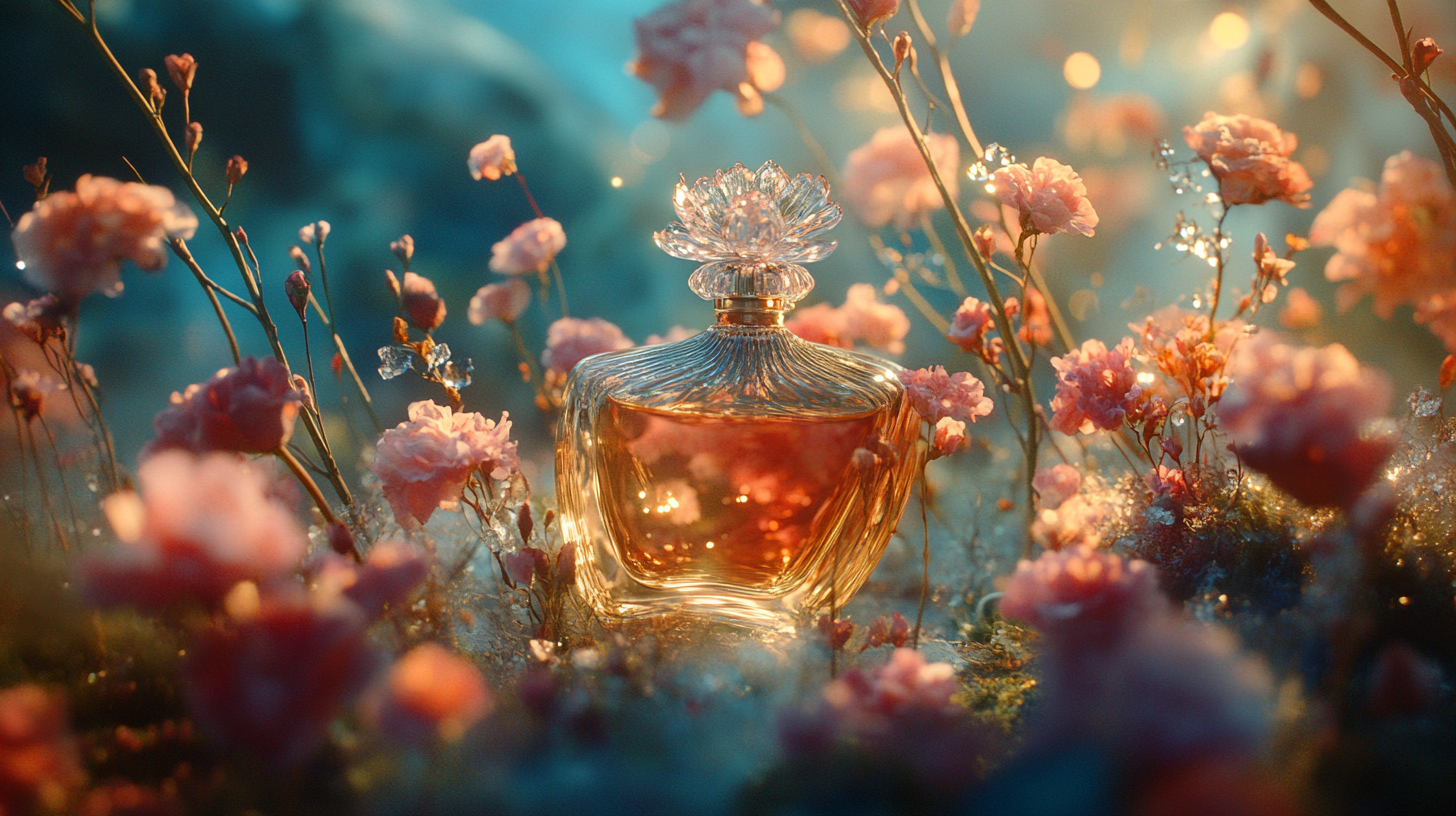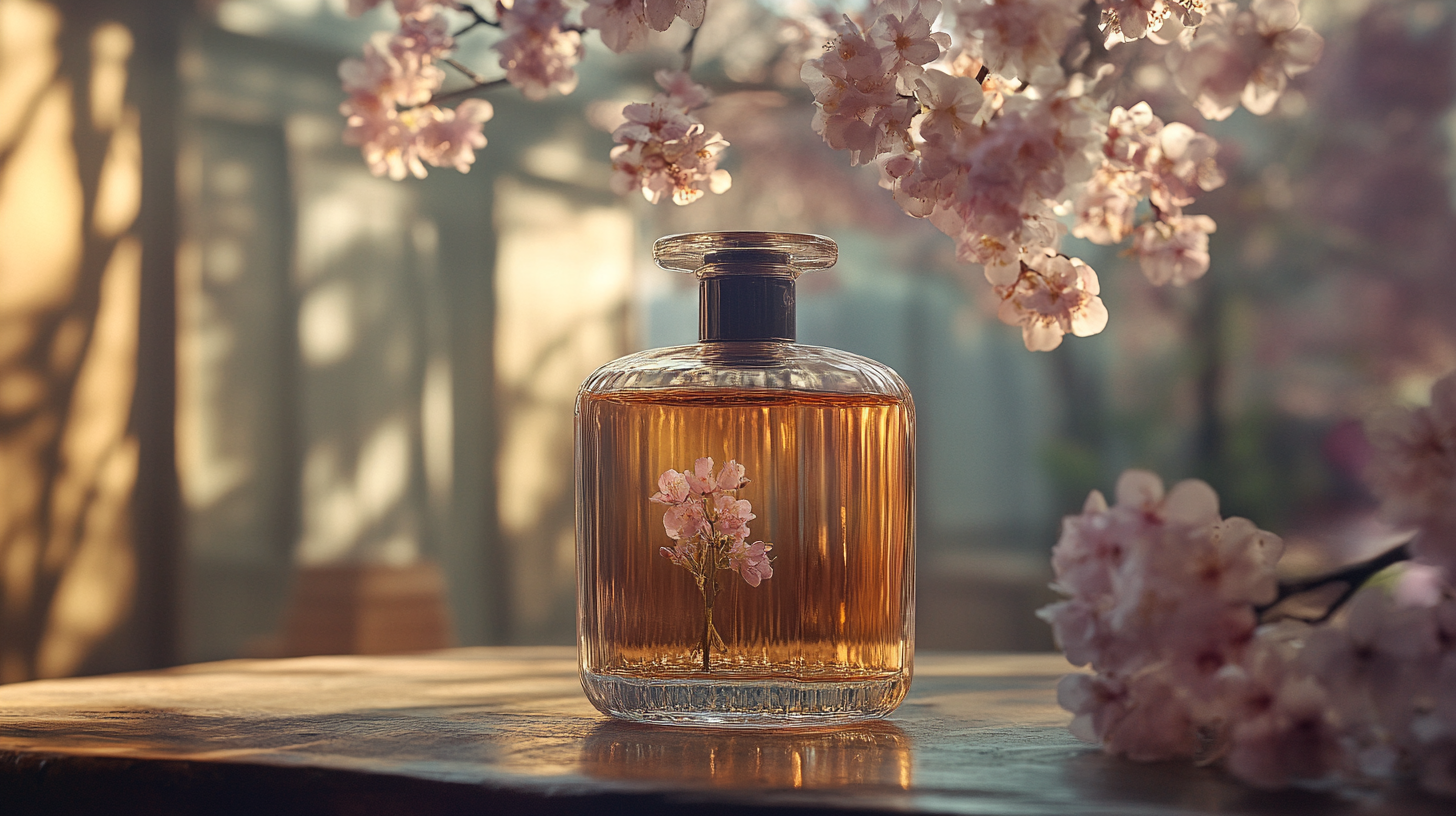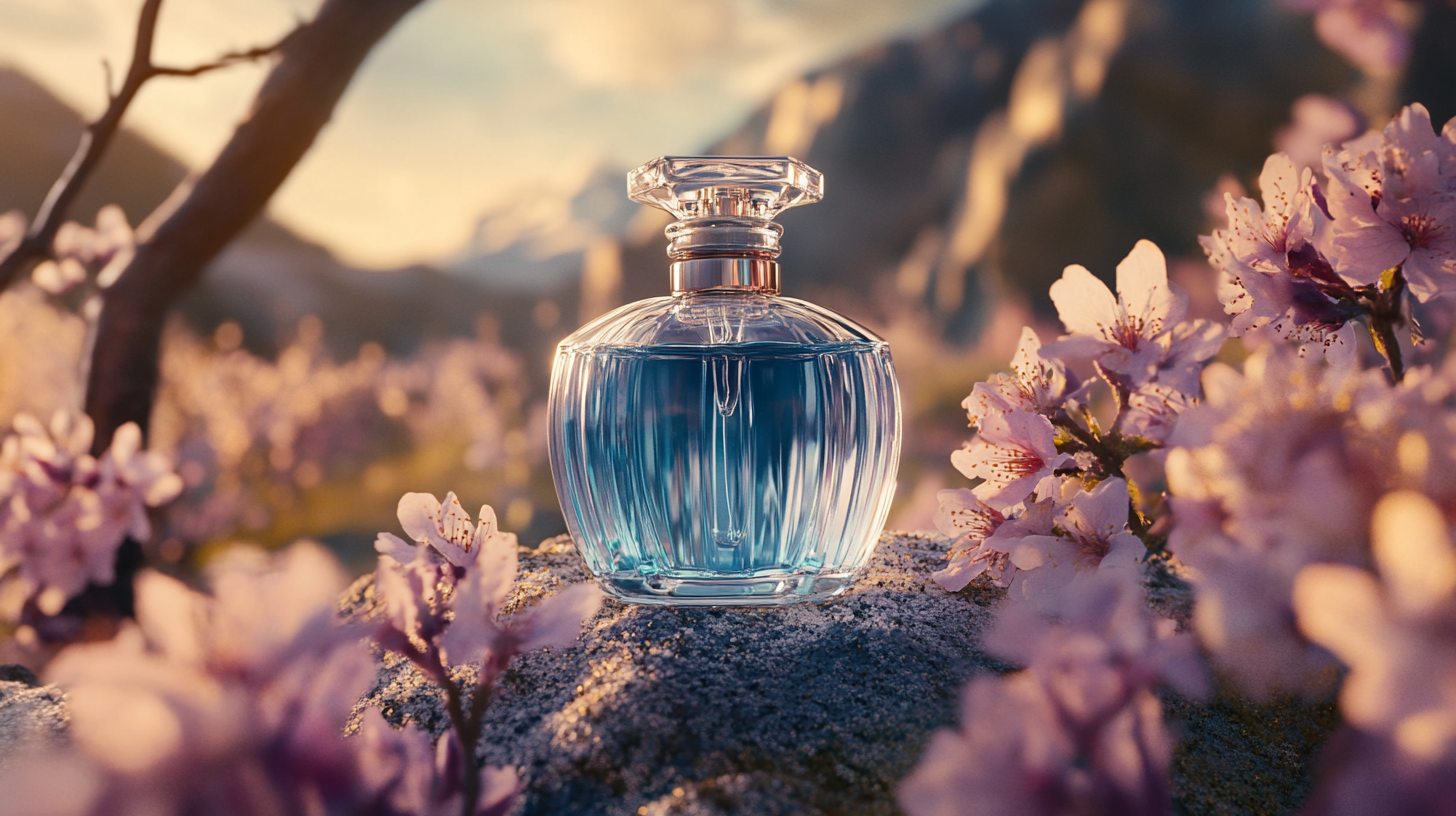
Unlocking the Art of Scent: A Global Journey Through Exquisite Perfume Offerings
In recent years, the global fragrance industry has flourished, reaching a staggering market value of approximately $30 billion in 2022, with experts projecting continued growth. This burgeoning interest in personal fragrances can be attributed to the rise of both niche and designer perfumes, which cater to diverse consumer preferences and luxurious experiences. Among these offerings, "scent perfume" plays a pivotal role, allowing individuals to express their identity and mood through unique aromatic compositions. As consumers become more discerning, they seek exclusive scents that resonate with their personal stories, further enriching the art of perfumery.
As we embark on a global journey through exquisite perfume offerings, we uncover the intricate connections between culture, tradition, and innovation that shape this captivating industry. Reports indicate that millennials and Gen Z are leading the charge in fragrance consumption, often gravitating towards sustainable and ethically-sourced ingredients. This shift not only influences market dynamics but also highlights the growing importance of transparency and authenticity in the perfume world. Join us as we delve into the enchanting realm of scent perfume, exploring the artistry and craftsmanship behind the fragrances that define our most cherished moments.

Exploring the Historical Significance of Perfume Across Cultures
In recent years, the historical significance of perfume has seen a revitalization across various cultures, with events such as the "China-France Perfume Culture Year" in Hangzhou exemplifying this evolution. Set against the backdrop of the Grand Canal, a UNESCO World Heritage site, this initiative marks the 60th anniversary of diplomatic relations between China and France. The celebration highlights the rich tradition of fragrance in both cultures, fostering cross-cultural dialogue and showcasing the artistry that goes into perfume creation. The perfume industry has expanded substantially, with the global market for fragrances projected to reach USD 55 billion by 2027, according to industry reports. This growth underscores the increasing consumer interest in not only personal grooming but also the cultural narratives and histories that perfumes embody. As Eastern fragrance styles gain popularity, there is a notable shift from a Western-centric view of perfumery to an appreciation for the intricate notes and traditions rooted in Asian cultures. As we explore the contextual significance of scents, the "China-France Perfume Culture Year" provides a fertile ground for innovation in the high-end market. With a renewed focus on heritage, Chinese brands are beginning to carve out a niche, merging traditional techniques with modern aesthetics. This cultural renaissance not only stimulates the economy but also revitalizes interest in local ingredients and practices, signaling a promising future for Eastern scents on the global stage.

The Artisan Craft: Understanding the Creation of Luxury Fragrances
In the realm of luxury fragrances, the artisan craft behind each scent is both an intricate and expressive journey. From the selection of raw materials to the final bottle design, the creation of luxury perfumes is a meticulous process that embodies personal artistry and cultural influences. As we delve into this global exploration of exquisite scents, it is essential to recognize the unique brands that are shaping this space, particularly those that are led by Black entrepreneurs.
Within this vibrant landscape, numerous Black-owned fragrance brands are redefining elegance and making a significant impact on the industry. These artisans are not only crafting unique olfactory experiences but also infusing their narratives and heritage into their creations. For instance, their commitment to sustainable practices complements the growing demand for conscientious luxury, as consumers increasingly seek products that respect both cultural identity and environmental responsibility. By putting the spotlight on these innovative brands, we can appreciate how tradition and modernity intertwine to produce fragrances that resonate deeply with diverse audiences.
As these emerging brands gain prominence, they exemplify the future of luxury fragrances, where inclusivity meets artisanal mastery. Each fragrance tells a story, inviting the wearer into a world where scent transcends mere decoration and becomes a powerful means of self-expression. By embracing the distinct visions of these artisan creators, we can appreciate the true artistry involved in crafting scents that not only captivate the senses but also empower communities and celebrate cultural heritage.

Scent Profiles: A Guide to Popular Notes and Their Emotional Impact
Scent possesses an extraordinary ability to evoke emotions and memories, acting as a powerful trigger for our feelings. In the world of perfumery, various notes—both top and base—play crucial roles in shaping our emotional responses. For instance, citrus notes like bergamot and lemon are often associated with freshness and upliftment, making them perfect for energizing moments. When you catch a whiff of a bright citrus scent, it can immediately elevate your mood and instill a sense of optimism.
On the other hand, deeper notes such as sandalwood and vanilla create a sense of warmth and comfort. These soothing scents are commonly used in fragrances designed for relaxation and intimacy. The richness of sandalwood has been cherished in many cultures for its calming properties, while vanilla is often linked to feelings of nostalgia and sweetness. When blended thoughtfully, these notes can transport us to cherished memories, often serving as a reminder of love and security.
Floral notes, such as rose and jasmine, tap into a different emotional spectrum. Rose is often linked to romance and passion, igniting feelings of love and desire. Jasmine, revered for its intoxicating aroma, has been known to inspire confidence and euphoria. By understanding these scent profiles and their emotional impacts, enthusiasts can select fragrances that resonate with their moods and life experiences, allowing them to express themselves more fully through the art of scent.

Global Influences: How Geography Shapes Perfume Innovations
Perfume is not just a blend of fragrance; it's a reflection of culture, climate, and geography. Each region of the world brings its unique sensibilities to the art of scent creation. For instance, in the arid deserts of the Middle East, intense and opulent fragrances like oud and rose prevail, often infused with spices that echo the region's rich history of trade and craftsmanship. This environment molds the profile of the perfumes, linking the scent closely to the landscape and traditions of the people who create them.
In contrast, the lush valleys of France, particularly Grasse, are renowned for their delicate floral notes and citrus aromas, which are a product of the region’s mild climate and vibrant horticulture. The centuries-old traditions of distillation and extraction have led to innovations that are synonymous with the French perfume industry. Here, innovations stem not only from a commitment to quality but also from a cultural appreciation for art and beauty, allowing perfumers to experiment with lighter, more ephemeral scents that evoke the essence of the vibrant local flora.
Around the globe, the influence of geography continues to shape perfume innovations. In tropical regions, scents capture the exuberance of nature, often featuring notes of coconut, mango, and exotic flowers, projecting a carefree, sunny disposition. Meanwhile, Nordic perfumeries are increasingly drawn to the more subdued scents of their landscapes, often utilizing notes of pine, moss, and cool winds, creating fragrances that mirror the serene, stark beauty of their surroundings. As such, the geography not only inspires the choice of ingredients but also dictates the overall structure and character of the perfumes, making each bottle a unique story rooted in its place of origin.
Sustainable Luxury: The Future of Eco-Friendly Fragrance Production
In the world of fragrances, a remarkable transformation is underway as sustainability takes center stage in the perfume industry. The rise of eco-conscious perfumers is not only creating delightful scents but also significantly reducing the carbon footprint associated with traditional fragrance production. This shift aligns with the growing consumer demand for products that harmonize luxury with environmental responsibility, reflecting a broader trend towards more sustainable lifestyle choices.
As the global perfume market is projected to exceed USD 88.35 billion by 2033, brands are recognizing the imperative of integrating sustainable practices into their operations. Artisanal companies are leading the charge, emphasizing eco-friendly production methods and innovative packaging solutions that are both beautiful and biodegradable. This movement marks a new era where scent enthusiasts can indulge in exquisite fragrances while contributing positively to the environment.
The emergence of this sustainable fragrance revolution signifies not just a change in consumer preferences but a defining moment for the beauty industry as a whole. By prioritizing eco-conscious practices, the fragrance sector is poised to redefine luxury, making it synonymous with ethical responsibility. This journey towards sustainable luxury invites everyone to explore the enchanting world of scent while being mindful of our planet.

